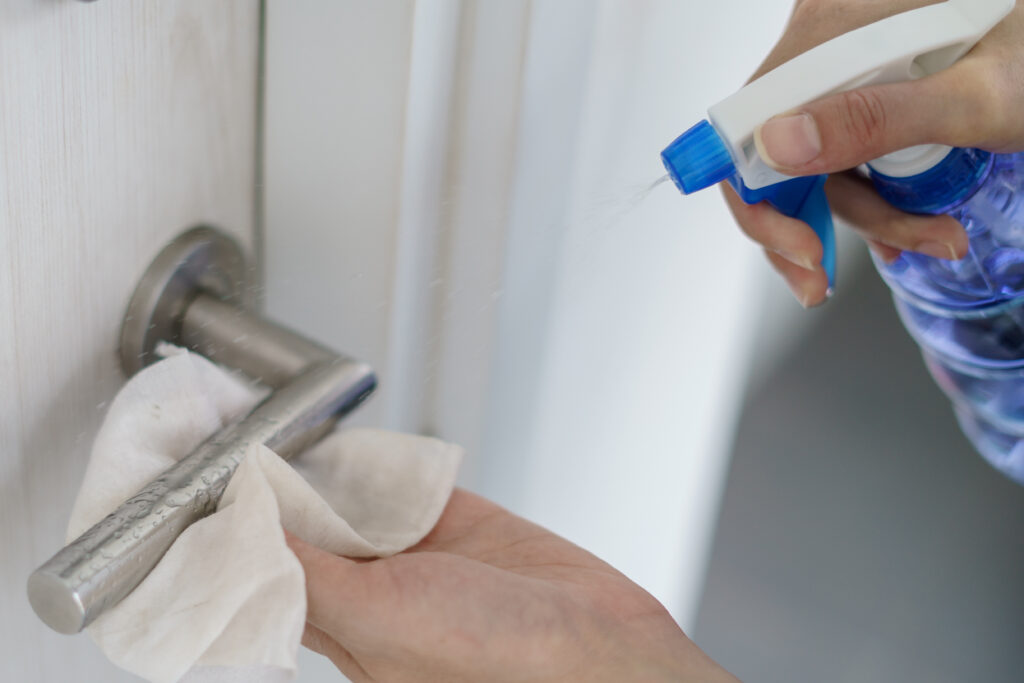
Bacteriostatic coatings are a type of surface treatment that are designed to inhibit the growth of bacteria on the treated surface. These coatings work by creating a physical barrier that prevents bacteria from attaching and multiplying on the surface. They can be applied to a wide variety of surfaces, including stainless steel, plastic, and glass, and are often used in healthcare facilities, food processing plants, and other settings where the control of bacterial growth is important.
One of the key benefits of bacteriostatic coatings is that they are highly effective at killing germs. Studies have shown that these coatings can reduce bacterial counts by up to 99.9%, making them a powerful tool for preventing the spread of infection. Additionally, many bacteriostatic coatings are able to kill multiple types of bacteria, including some that are resistant to antibiotics.
Another advantage of bacteriostatic coatings is that they are long-lasting and require minimal maintenance. Once applied, these coatings can last for several months, depending on the specific product and the conditions of the environment. This means that they can provide ongoing protection against bacterial growth without the need for frequent reapplication or cleaning.
Another benefit of bacteriostatic coatings is that they are safe to the touch after they have dried. The coatings are typically made from materials that are non-toxic and non-allergenic, making them safe for use in environments where people may come into contact with the treated surfaces. Additionally, because the coatings are applied as a thin film, they do not leave any residue or odors that could be harmful to people or animals.
This safety feature makes bacteriostatic coatings an ideal solution for use in healthcare settings, such as hospitals and clinics, where patients and staff may come into contact with treated surfaces. They can also be used in schools, office buildings, and other public spaces where people may come into contact with treated surfaces.
In short, bacteriostatic coatings are not only effective at killing germs, but also safe for human and animal contact after dried, making them a versatile and practical solution for controlling bacterial growth in a wide range of environments.
